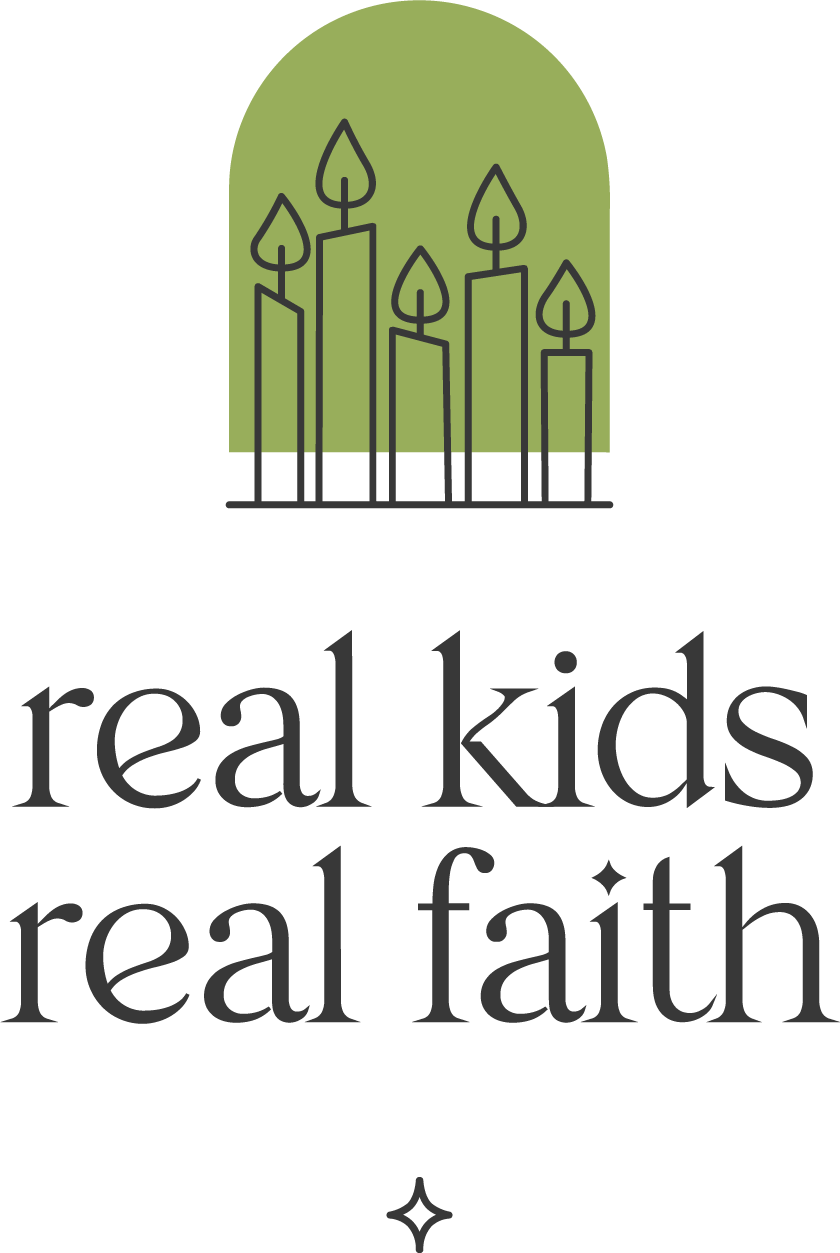Bread is a diet staple. It comes in many forms, from rye loaves and buttermilk biscuits to focaccia and tortillas. Eating it is delightful and making it can be even more fun, especially if it is a family recipe passed down from generation to generation.
In The Only Way to Make Bread, Christina Quintero invites readers to explore the similarities and differences of cultural breadmaking. Children ages 3-8 can get inside the process, noticing the common steps and the variations possible along the way. Read the book together and use one or more of the following activities to discover what making bread means to your family or group.
Getting started. To make bread, you need a bowl and a clean place to work. Encourage children to think about the last time they helped prepare food. Ask: What were you making? Where were you working? What objects did you need to get started? Invite them to draw a picture of their workspace and the items they needed. Suggest that they include the people who were helping them as well as the bowls, pans, spoons, graters, and other items.
Spice it up. Small amounts of seasoning give different breads different flavors. Pull out some spice jars and invite children to close their eyes and smell different options. Dust a bit of a spice on the back of them hand so they can sniff it a few times. Ask: When you smell this spice, what do you think of? How do you feel? Wipe off the first spice and try another, then another, until you’ve either tried them all or are tired of exploring.
Shaping dough. Bread comes in many shapes and sizes. Sometimes it’s braided (like challah bread), sometimes round (like rolls or buns), and sometimes a flat disk (like arepas). Using clay or play dough, invite children to experiment with making their own bread shapes. Encourage them to create something that resembles the bread they usually eat and also different shapes of bread they’d like to try.
Breaking bread. The author says that “bread must always be broken together.” Guide children in a meditation on sharing bread with others. Say: Let’s close our eyes and imagine we have a big batch of sticky buns to share. They are sitting on the counter waiting to be eaten. (pause) It’s your job to let people know the buns are ready. Who do you invite to share them with you? (pause) You call them and they come and grab a sticky bun. Imagine them taking their first bites. What look do they have on their faces? (pause) How do you think they feel? (pause) You pick up your own bun and bite. How does it taste? (pause) How do you feel as you enjoy your bun with others? (pause) Imagine finishing your buns together and then open your eyes.
Secret ingredient. The author writes that making bread with love is like putting in a secret ingredient. Invite children to wonder how love could be part of the bread. Say: In the story, the author says, “You always want to make your bread with love.” Why do you think she says that? What difference do you think doing something with love makes? What other things could you do with love to make a difference?

Comments